SOURCE: IDRW.ORG TEAM
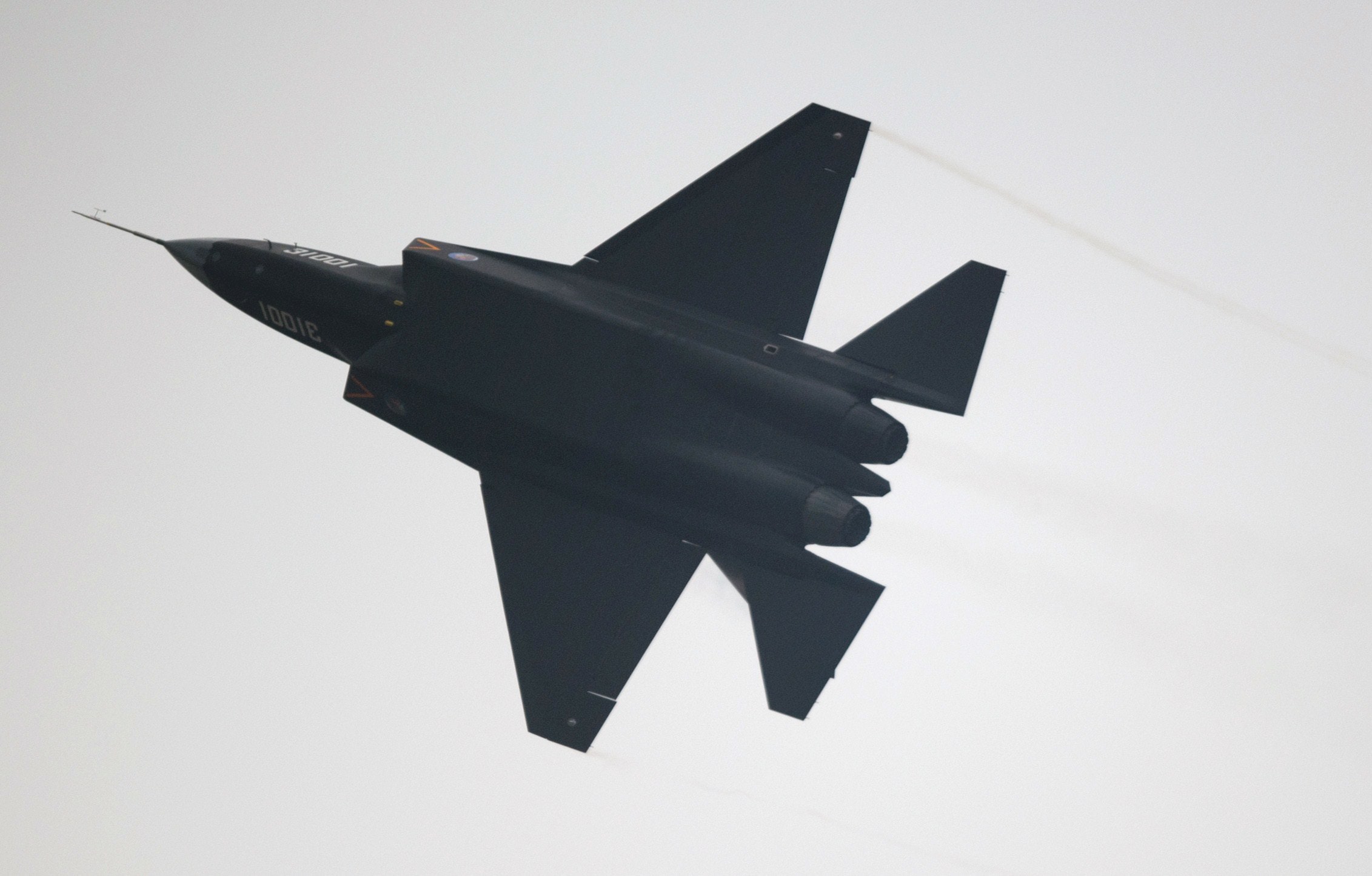
The veil has been lifted on Pakistan’s airpower ambitions, with the Pakistan Air Force (PAF) officially announcing plans to acquire China’s J-31 stealth fighter jets. This move marks a significant shift in the regional arms race, raising questions about its impact on the delicate power dynamics between Pakistan and India.
The J-31 boasts advanced stealth capabilities, designed to evade radar detection and penetrate deep into enemy airspace. Its twin-engine configuration offers enhanced power and payload capacity, making it a formidable contender in modern aerial combat. However, the J-31’s price tag and operational costs pose challenges for Pakistan. The exact number of jets to be procured remains unclear, with estimates suggesting a modest squadron due to budgetary constraints.
Continue readingSOURCE: RAUNAK KUNDE / NEWS BEAT / IDRW.ORG

In a major leap forward for indigenous defense capabilities, the Defence Research and Development Organisation (DRDO) has confirmed the successful testing of the Prototype DATRAN 1500hp engine for the Futuristic Main Battle Tank (FMBT). This development, highlighted in the DRDO Year End Review of 2023, showcases India’s commitment to advancing its technological prowess in the field of defense. The engine, a product of collaborative efforts with Bharat Earth Movers Limited (BEML), is a key component in the quest to enhance the country’s armored warfare capabilities.
Bharat Earth Movers Limited (BEML) has played a pivotal role in the realization of the DATRAN 1500hp engine. Taking on the responsibility of Design, Development, and Supply of these high-powered engines to CVRDE, BEML has demonstrated its commitment to advancing India’s defense manufacturing capabilities. The successful collaboration between DRDO and BEML underscores the synergy between government agencies and private enterprises in achieving strategic defense objectives.
Continue readingSOURCE: RAUNAK KUNDE / NEWS BEAT / IDRW.ORG

The fate of India’s highly anticipated Akula-class nuclear-powered attack submarine, Chakra-3, hangs in the balance as Russia grapples with delivery delays and India navigates complex financial hurdles. Despite assurances from Russia during External Affairs Minister S Jaishankar’s recent visit, the path towards acquiring this crucial underwater asset remains shrouded in uncertainty.
In 2019, India inked a $3 billion deal with Russia to lease an Akula-class submarine for a decade. This advanced acquisition, known as Chakra-3, was slated to bolster India’s maritime prowess and deter regional adversaries.
Continue readingSOURCE: IDRW.ORG TEAM
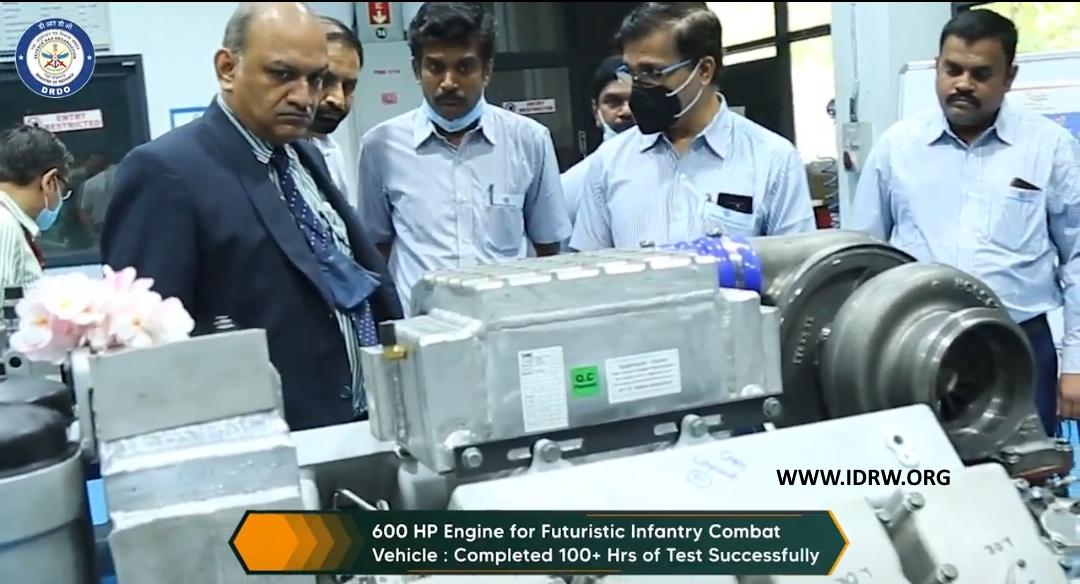
A significant milestone has been achieved in India’s quest for self-reliance in military technology. The indigenously developed 600 hp engine, a joint effort between the Combat Vehicles Research & Development Establishment (CVRDE) and Ashok Leyland, has successfully completed over 100 hours of testing since its inauguration in December 2021. This engine, designed from scratch with advanced technologies, is expected to play a crucial role in powering India’s Future Infantry Combat Vehicle (FICV) program.
The CVRDE-designed engine boasts compactness, efficiency, and lightness, thanks to the incorporation of advanced technologies. This makes it comparable to contemporary battle tank engines and ideally suited for the demanding battlefield requirements of the FICV program.
Continue readingSOURCE: IDRW.ORG TEAM
The Ministry of Defence (MoD) of India has released its year-end review for 2023, showcasing significant advancements in the country’s military capabilities. Amongst these achievements, the Vertical Launch Short Range Surface to Air Missile (VL-SRSAM) stands out as a game-changer for India’s naval and air defense.
Developed as a surface-to-air variant of the Astra MkI Beyond Visual Range Air-to-Air Missile (BVRAAM), the VL-SRSAM packs a punch with a remarkable strike range of 80 kilometers. This exceeds expectations, as initial predictions estimated a range below 50 kilometers. The extended range allows the VL-SRSAM to effectively neutralize a wide range of aerial threats.
Continue readingSOURCE: IDRW.ORG TEAM
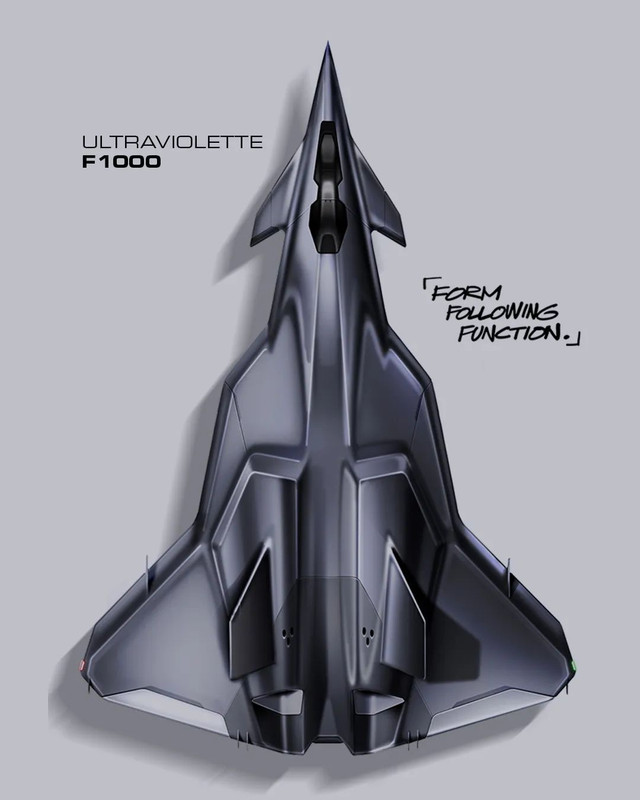
Buckle up, aviation enthusiasts, because India’s premier electric motorcycle manufacturer, Ultraviolette Automotive, just unveiled a mind-blowing concept that transcends the realm of two wheels – the F1000, a hypersonic electric jet claimed to be the 4th generation in their electrifying aeronautical lineage.
This futuristic marvel promises to be the successor to the FX-800, but with a revolutionary twist. Imagine a sleek aircraft crafted from shape-shifting Titanium-Niobium memory alloys, allowing for wings that adapt to the demands of supersonic flight. And that’s just the tip of the iceberg.
Continue readingSOURCE: RAUNAK KUNDE / NEWS BEAT / IDRW.ORG
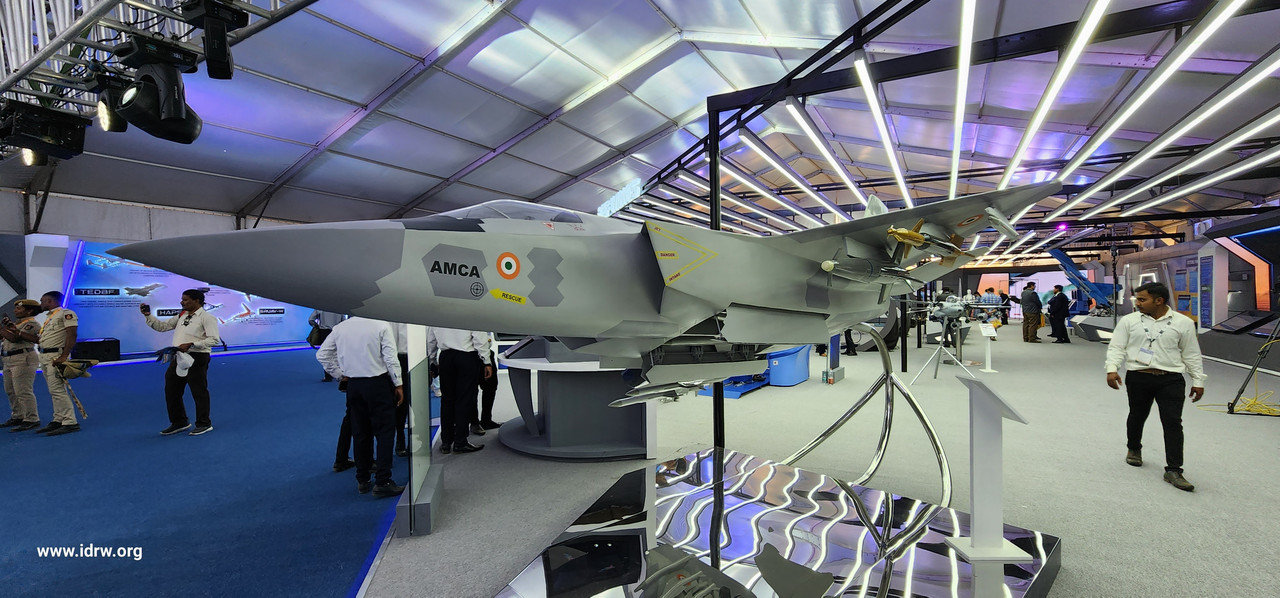
While India might be behind the curve in joining the 5th generation fighter jet club with its Advanced Medium Combat Aircraft (AMCA), it’s already peeking into the future. Former Air Chief Marshal RKS Bhadauria and outgoing ADA chief Girish Deodhare offer exciting insights into the AMCA’s potential, hinting at technologies bordering on the 6th generation.
Deodhare’s description of AMCA as a “5.5 generation” aircraft is intriguing. It signifies the integration of cutting-edge features not yet found in operational 5th gen jets but poised to be core elements of future 6th gen fighters developed by global powers. This puts India on a fascinating path, not just catching up but potentially leapfrogging with next-generation advancements.
Continue readingSOURCE: RAUNAK KUNDE / NEWS BEAT / IDRW.ORG
The Aeronautical Development Establishment (ADE) is developing a new Medium Altitude Long Endurance (MALE) class Unmanned Aerial Vehicle (UAV) called the Archer-NG. The UAV is expected to be rolled out in early 2024 with the first flight expected by mid-2024.
The Archer-NG will be equipped with technologies like avionics, software, a Ground Control Station and a Ground Data Terminal developed for the Rustom-2 UAV program. The Rustom-2 program was closed down due to its failure to meet the Indian Armed Forces’ requirement of an altitude of 30,000 ft and an endurance of 24 hours. The Archer-NG is being designed to address these shortcomings.
Continue readingSOURCE: RAUNAK KUNDE / NEWS BEAT / IDRW.ORG

The Indian Air Force (IAF) has set its sights beyond the atmosphere, proposing a groundbreaking transformation into the Indian Air and Space Force (IASF). This ambitious move aims to propel India into the ranks of major aerospace powers, with a focus on harnessing the strategic potential of space.
At the heart of this vision lies the development of Co-orbital weapons, a controversial yet potentially game-changing technology. These satellites, equipped with explosives, lasers, or other directed-energy weapons, would be maneuvered in orbit to neutralize enemy satellites or even ground targets.
Continue readingSOURCE: IDRW.ORG TEAM
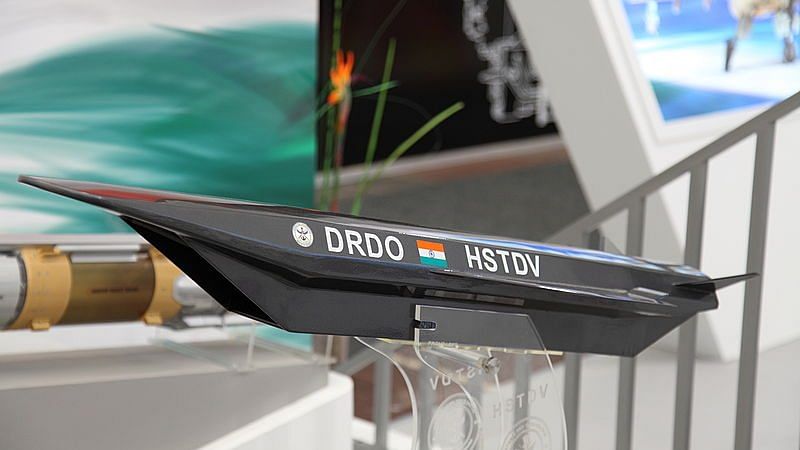
India’s quest for self-reliance in defense technology is set to take a major leap forward with the proposed revamp of the Technology Development Fund (TDF) and restructuring of the Defence Research and Development Organisation (DRDO). A high-powered committee led by Dr. Kakodkar, former Secretary of the Department of Atomic Energy (DAE), and Dr. Saraswat, Member of NITI Aayog, has submitted a report to Defense Minister Rajnath Singh outlining a bold vision for the future of Indian defense research and development.
The TDF, established as part of the “Make in India” initiative, provides financial support to Indian companies and startups for developing cutting-edge defense technologies. The committee’s report proposes a significant increase in the TDF’s budget, bringing it closer to the level of the US Defense Advanced Research Projects Agency (DARPA). This will allow India to fund more ambitious and high-risk research projects, fostering innovation and breakthroughs in critical areas like artificial intelligence, hypersonics, and quantum technologies.
Continue readingSOURCE: IDRW.ORG TEAM

Bengaluru-based startup, The NewSpace Research and Technologies group is spearheading the convergence of AR, VR, and LLM technologies to create a Mixed Reality ecosystem specifically designed for aerospace maintenance. This holistic approach aims to provide maintenance crews with a comprehensive and immersive experience, ensuring that critical information is delivered with unmatched clarity, precision, and relevance.
The integration of cutting-edge techniques and high-fidelity content in Mixed Reality solutions enhances the quality and relevance of information provided to aircraft maintenance crews. This revolutionary approach goes beyond traditional methods, allowing maintenance teams to access information in real-time, reducing latency, and minimizing error margins. The result is a transformative shift in how information is presented, making it clear, unambiguous, and readily available to enhance decision-making processes.
Continue readingSOURCE: RAUNAK KUNDE / NEWS BEAT / IDRW.ORG

It’s been over a decade since the Sukhoi Su-57, Russia’s first fifth-generation fighter jet, took to the skies. Yet, despite its impressive capabilities, the aircraft has struggled to find widespread adoption, particularly among its traditional allies like India and China.
India and China have long been major buyers of Russian fighter jets. However, both nations have taken different paths in the era of fifth-generation fighters. China has successfully developed its own J-20, while India, after a failed co-development project with Russia for the FGFA (Fifth Generation Fighter Aircraft) based on the Su-57 airframe, is focusing on its own Tejas and AMCA programs.
Continue readingSOURCE: RAUNAK KUNDE / NEWS BEAT / IDRW.ORG
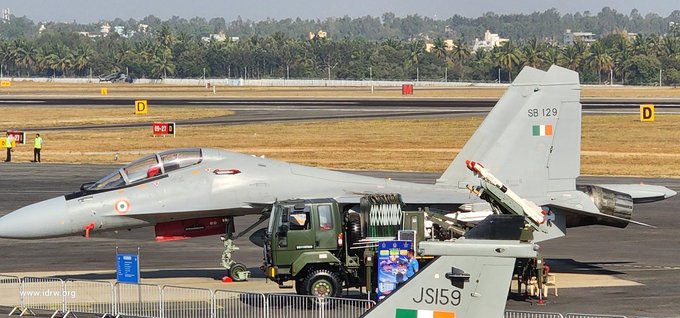
The Indian Air Force (IAF) and Hindustan Aeronautics Limited (HAL) are embarking on a major upgrade program for their fleet of 84 Sukhoi-30MKI fighter jets. This ambitious project will see a significant overhaul of the aircraft’s avionics, systems, and components, with a focus on incorporating Indian-made technologies and weapon systems. While this move towards self-reliance is laudable, it also presents challenges in integrating Western weapons onto a platform originally designed for Russian armaments.
The upgrade program prioritizes Indian-made sensors and avionics, enabling the Sukhoi-30MKI to seamlessly integrate domestic weapons like the Astra air-to-air missile family and Rudram air-to-surface missiles. This not only reduces dependence on foreign arms but also boosts the Indian defence industry. Additionally, the IAF plans to equip the upgraded jets with the MBDA-developed ASRAAM close-combat missile, demonstrating a continued willingness to leverage proven Western technologies where necessary.
Continue readingSOURCE: RAUNAK KUNDE / NEWS BEAT / IDRW.ORG
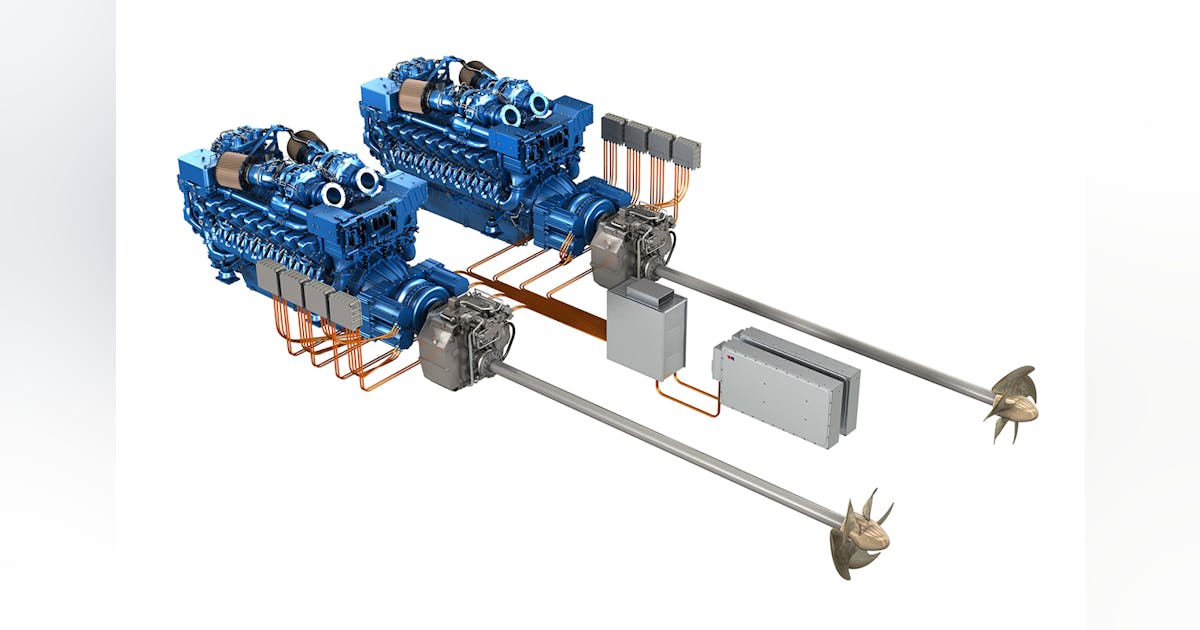
Rolls-Royce, a renowned name in the world of power and propulsion, has thrown its hat in the ring for India’s upcoming Next-Generation Destroyer (NGD) program with a cutting-edge hybrid propulsion solution. This proposal promises not only enhanced operational capabilities but also improved efficiency and cost-effectiveness.
At the heart of the Rolls-Royce solution lies a single, highly reliable gas turbine engine, capable of generating a powerful 36-40 MW of power even in scorching temperatures of 100°F. This engine, likely the Rolls-Royce MT30, will be the workhorse of the hybrid system, propelling the destroyer to full speed in a matter of minutes.
Continue readingSOURCE: IDRW.ORG TEAM

Sweden’s Saab recently became the first foreign company to secure 100% Foreign Direct Investment (FDI) in India’s defense projects. This has ignited a surge of interest among various international defense manufacturers to establish independent facilities in India, allowing them full ownership without the need for partnerships.
Several contenders vying for the Indian Air Force’s Multirole Fighter Aircraft (MRFA) program are now proposing similar arrangements. Following its successful bid for 100% FDI, Saab made headlines by backing out from a previously planned joint venture with Adani Defence. The joint venture aimed to manufacture Gripen-E fighter jets in India, contingent upon winning the MRFA contract.
Continue reading